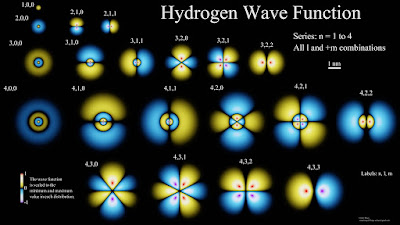scintillator
.jpg)
A scintillator is a material that emits flashes of light when it interacts with high-energy particles or radiation. It is typically used in radiation detection and measurement applications. Scintillators are made of special crystals or organic materials that have the ability to absorb the energy from incoming particles and convert it into detectable light signals. These light signals, known as scintillation, can be captured and measured using photomultiplier tubes or solid-state detectors. Scintillators are used in various fields, including medical imaging (such as PET scans and gamma cameras), radiation therapy, nuclear power plants, and high-energy physics research. They are crucial for accurately detecting and identifying different types of radiation, ensuring safety, and providing valuable information in scientific and medical contexts. International Research Conference on High Energy Physics Submit Your Conference Abstract: https://x-i.me/hepcon Submit Your Award Nomination:...



